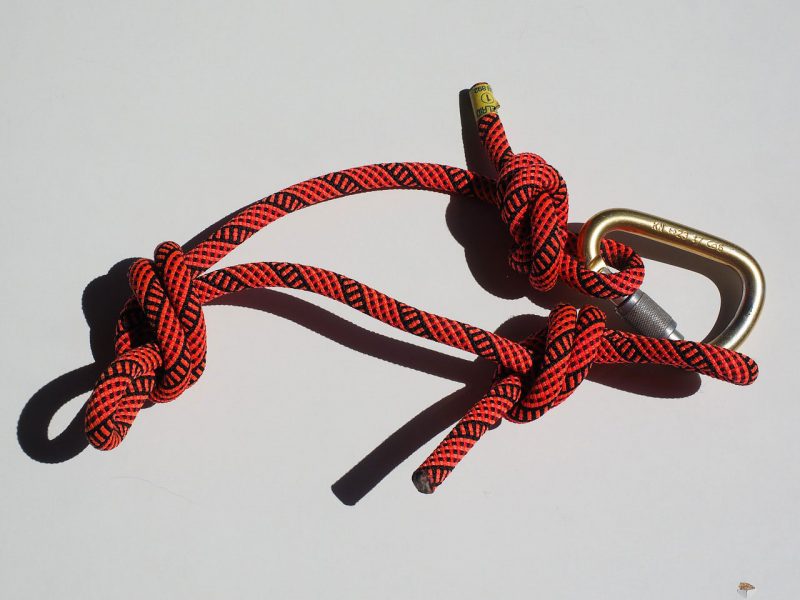
Knot-tying is an important art to learn, not just for climbing, but for all outdoors and survival activities. Your life can literally depend on your ability to tie the right kind of knot for a certain situation. This is never truer than in climbing.
As it is one of the most fundamental skills when climbing, you should really dedicate some time to become a master with ropes. It is also important to recognize that it is not always about knots.
Although people use the term ‘knot’ loosely, there is a distinction between the following terms:
- A knot is tied in rope
- A hitch connects rope to something else, like a carabiner
- A bend is a knot which ties two ropes together
There are a few knots which are specifically important and useful in climbing, which we will cover in this article. Of course, the list could go on forever but we’ll stick to five of the most important ones.
Retraced Figure 8 Knot
This is one of the strongest knots you can possibly tie, which is one of the reasons it is perfect for rock climbing. A strong knot is exactly what any sensible person looks for when you are supporting yourself from a good height! This knot only requires one length of rope and it’s great for tying the rope to your harness.
Clove Hitch
This is one of the better-known knots, partly because it is very easy to tie and quick to adjust if needed. This knot is ideal for tying a rope to a carabiner and can actually be tied with one hand. Be careful, though, the clove hitch can slip under a certain pressure so we wouldn’t recommend relying on that being your only knot.
Prusik Knot
The Prusik knot is designed for you to attach a thinner cord, or another object, to a thicker rope. It is an excellent knot to use for ascending and can also come in handy for self-rescue. The great thing about it is that it is strong, whilst being easy to adjust.
Double Fisherman’s Knot
You should use this secure knot if you want to tie two ends of ropes together. It is a highly trustworthy knot, however, if left tied for a long time it can actually become impossible to undo it. It’s one of the slower knots to tie, but extremely useful for tying two ends together.
Water Knot
The water knot starts off similarly to the double fisherman’s and is best for joining webbing (or other flat material) together. This knot is also often referred to as the tape knot due to the fact it is used to tie two runners together to make a sling.
 Your Privacy Choices
Your Privacy Choices
 The
The